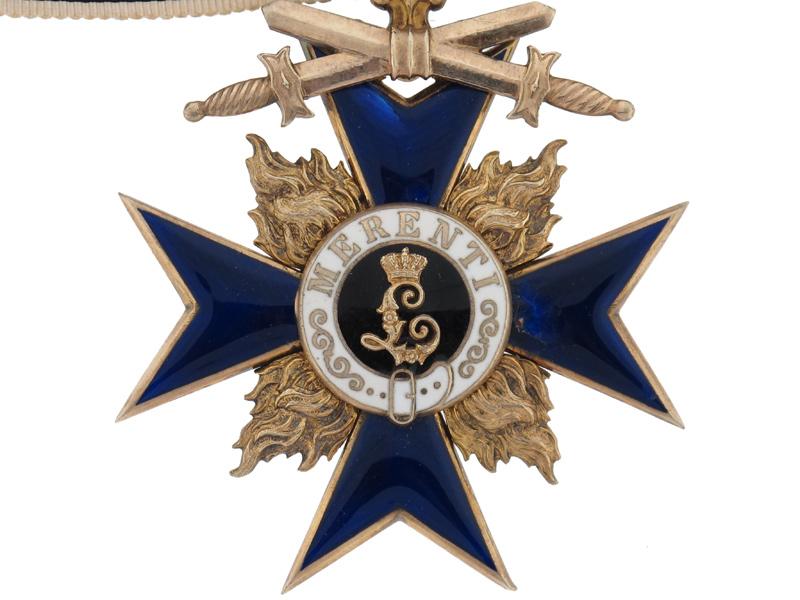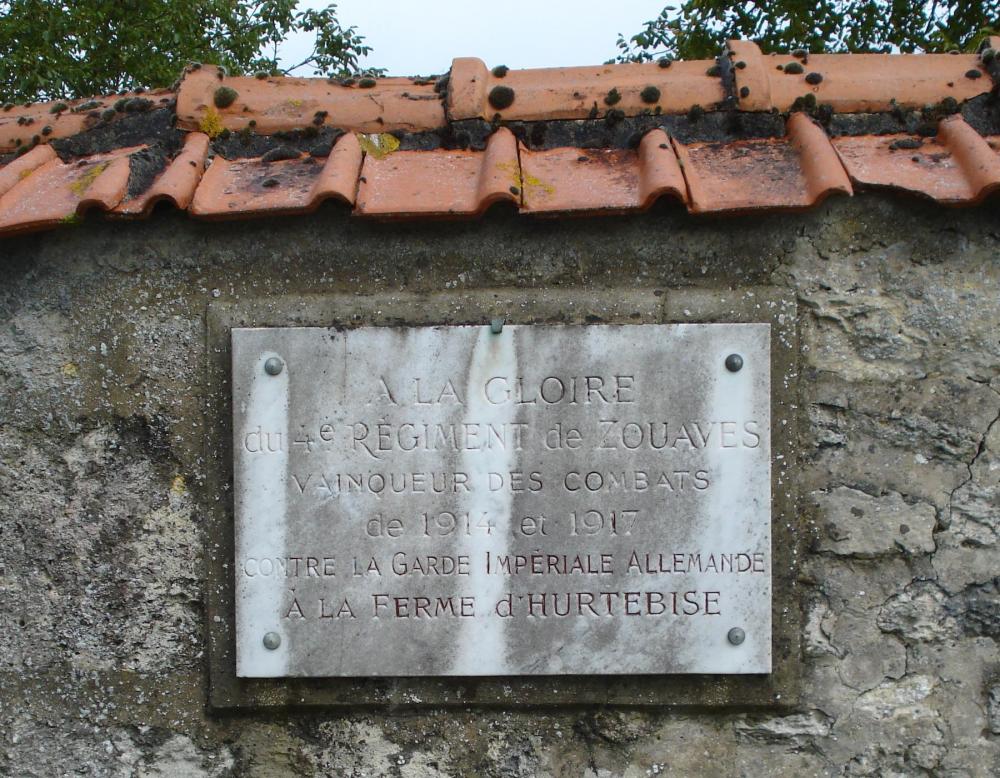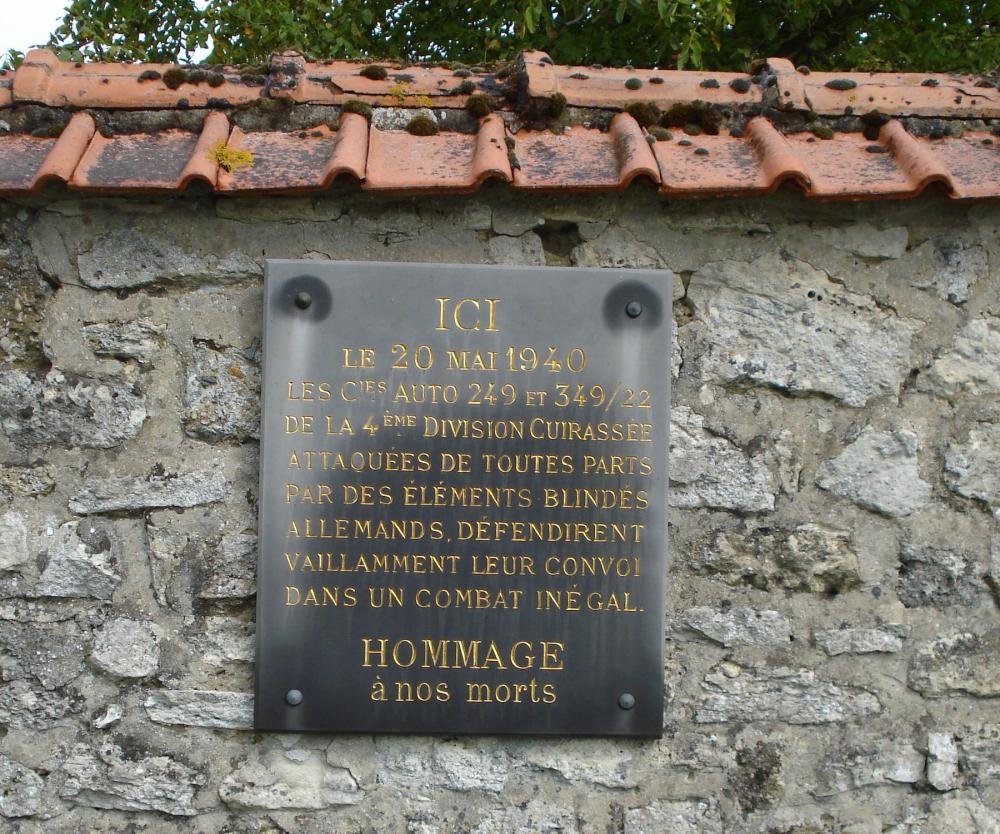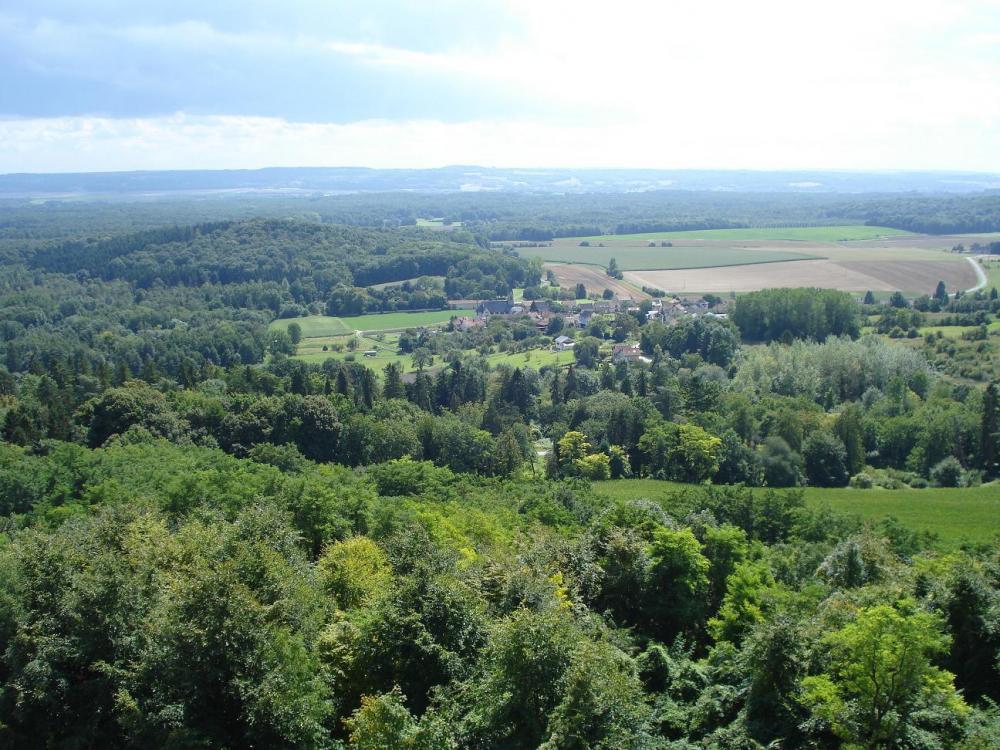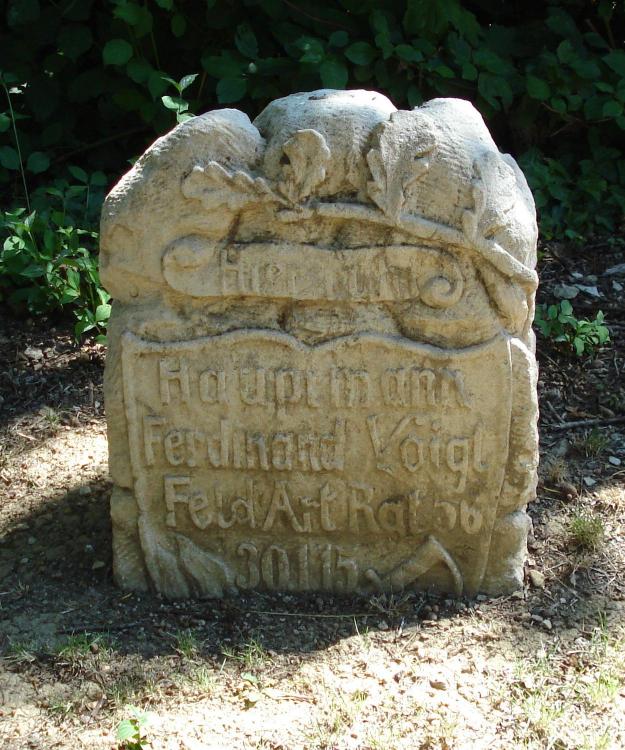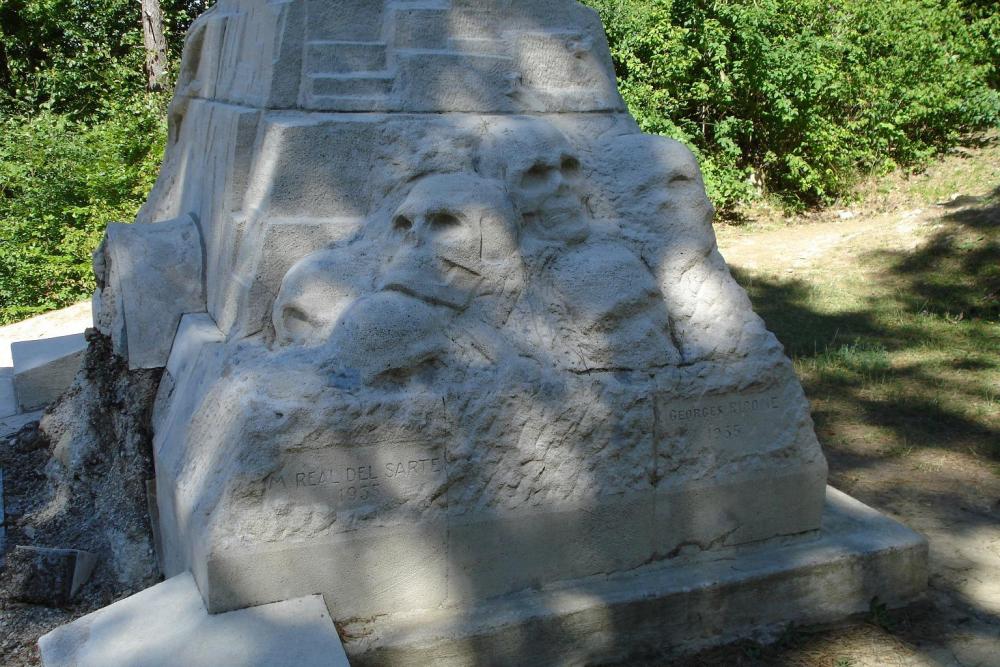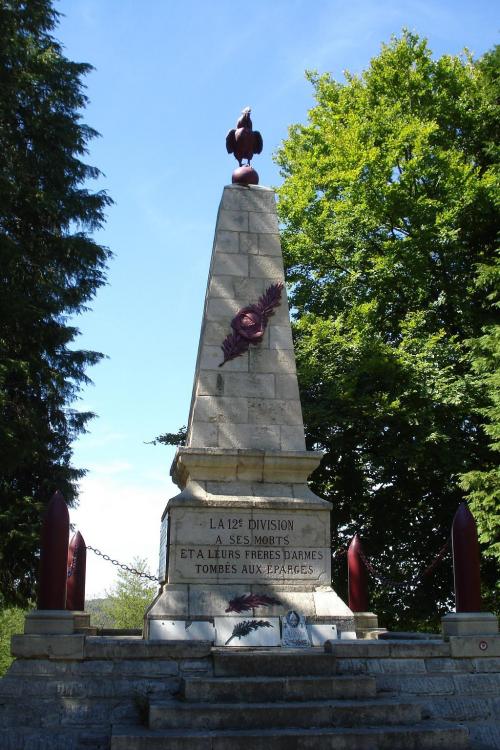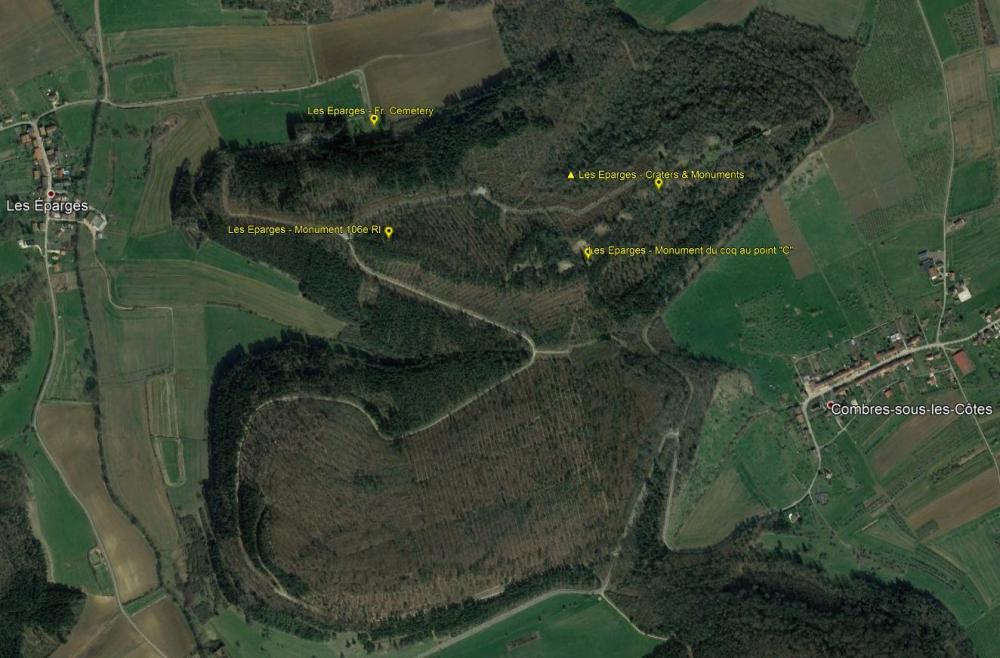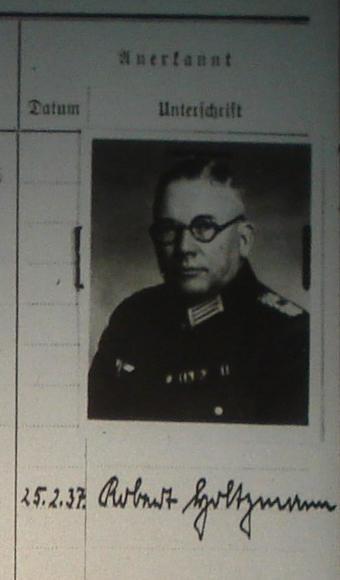-
Posts
4,908 -
Joined
-
Last visited
-
Days Won
97
Content Type
Profiles
Forums
Blogs
Gallery
Events
Store
Everything posted by Dave Danner
-
I was able to narrow it down from a few dozen to a baker's dozen. These are the 13 names I have who are known to have received the SH3, SA3aX and SA3bX, but who cannot be eliminated for other reasons. • Arndt, Wilhelm, OLt.d.R. d. FAR 48, Hptm.d.R. • Bock, Erich, OLt., FußAR 12, Hptm. • Eibenstein, Benno, OLt.d.R. d. FAR 64, Hptm.d.R., FAR 115 • Fincke, Martin, 1886-1933, Lt., PB 12, Hptm.a.D. • Grohmann, Walter, 1886-, Lt., FAR 48, Maj.a.D. • Jentsch, Johannes, Lt.d.R. d. FAR 12, Hptm.d.R., FAR 192 • Kretzschmar, Martin, 1887-, Hptm., FAR 78, Hptm.a.D. • Menz, Hans, 1887-, OLt., UR 21, Rittm., IR 473, Rittm.a.D. • Müller, Wolfgang, 1887-1918, Hptm., IR 179 • Schaufuß, Max, Dr.jur., Staatsanwalt in Plauen in Vogtland, OLt.d.R. d. FAR 12, Hptm.d.R., RFAR 32 • Schilling, Walter, 1884-, OLt., FAR 28, Hptm., FAR 115, FAR 68, Hptm.a.D. • Täger, Ernst, 1877-, Oberförster, OLt.d.R. d. IR 102, LIR 101, Hptm.d.R., Stab 14.LD • Wunderling, Kurt, Lt.d.R. d. KarabR, Rittm.d.R., Stab 88.Inf.Brig. There might be a handful of others who are known to have the SH3 and SA3bX, and who received the SA3aX late in 1918. A number of late 1918 awards are missing from the published rolls.
-
Probably impossible to find without going through dozens of personnel files in Dresden, assuming they are there. There aren't any lists of the Prussian Merit Cross for War Aid to Saxons that I know of. There are probably a few dozen recipients of the St. Henry and both classes of the Albrechts-Orden, but for whom no other awards are known. Many were reserve or Landwehr Hauptleute/Rittmeister, so they might have gotten the Prussian cross in their civilian/civil servant capacity. Many of these can be quickly eliminated because they also had other awards like the Saxon Landwehr-Dienstauszeichnung. That still leaves a bunch with no way of narrowing it down much further. It is still a nice and not very common combination, since the usual course was from the Albrechts-Orden to the Verdienst-Orden, rather than to the higher grade of the Albrechts-Orden due to an intervening promotion.
-
Ernst Ludwig Wilhelm Heinrich von Werlhof. *20.2.1853 in Celle, †25.12.1921 in Dresden. He entered service in 1873 and was placed zur Disposition with Charakter as a Generalmajor on 31.3.1907. From 1902 to 1907 he was a military member of the Reichsmilitärgericht. He served in the same capacity during World War I, receiving the Saxon Kriegsverdienstkreuz on 3.6.1916 and the Komturkreuz of the Albrechtsorden on 15.5.1917. Here is his entry from the inactive officer list in the 1914 Saxon rank list, showing prewar awards:
-
You really need more clear criteria. By itself, "most highly decorated" might be limited to Hans Ulrich Rudel, since his Golden Oakleaves places him ahead of the other Brilliantenträger. But even that is arguable, since Hermann Göring's Grand Cross of the Iron Cross outranked all classes of the Ritterkreuz (and, of course, as a fellow recipient of the Pour le Mérite, he matches Schörner and Rommel on that front). You can dismiss Göring's award as really for the actions of the Luftwaffe as a whole, rather than Göring as ain individual, but that begs the question, since you can do the same thing for many awards of the Knight's Cross, and of the Pour le Mérite, for that matter, which were as much awards for successful combat leadership as for individual acts of valor. Looking solely at the highest class of the highest military award, the most highly decorated would appear to be Gebhard von Blücher and Paul von Hindenburg. They were the only recipients of the Star to the Grand Cross of the Iron Cross. Technically, of course, Blücher was a Prussian soldier, not a German soldier, since there was no Germany at the time. Though if you want to get hyper-technical, Hindenburg was also a Prussian soldier, while Schörner was a Bavarian and Rommel a Württemberger (though the Württemberg Army was integrated into the Prussian Army in almost all respects). The Pour le Mérite and the pre-1939 Iron Cross were Prussian awards, not German ones, though in World War I they were treated for the most part as generically German. So how do we regard the other highest purely military awards of the German states? In terms of prestige, the Bavarian Military Max Joseph Order certainly has its value, especially given the added benefit of ennoblement. The Military St. Heinrich Order of Saxony, the Württemberg Military Merit Order, and Baden's Military Karl Friedrich Merit Order also merit mention. I would argue that the Saxon and Württemberg orders were diminished in prestige by being over-awarded in comparison to the Prussian, Bavarian and Baden orders, but that's a bit subjective. With regard to the names already mentioned, Rommel had the Württemberg Military Merit Order in addition to his Diamonds and plM, and Göring had the Military Karl Friedrich Merit Order in addition to his Grand Cross and plM. Schörner did not receive the Max Joseph. If you were just to compare two Bavarians, how does Schörner's receipt of the Diamonds but lack of the Max Joseph match up with Robert Ritter von Greim's Oakleaves and Swords, plus the plM and the Max Joseph? Without picking a specific person, but merely as food for thought, here are as far as I know all of the recipients of one or more of the highest Imperial military awards and of one of the highest classes of the 1939 Iron Cross: Grand Cross of the Iron Cross: Hermann Göring - Pour le Mérite, Military Karl Friedrich Merit Order Knight's Cross with Oakleaves, Swords and Diamonds: Hermann-Bernhard Ramcke - Prussian Golden Military Merit Cross ("Pour le Mérite for NCOs and men") Erwin Rommel - Pour le Mérite, Württemberg Military Merit Order Ferdinand Schörner - Pour le Mérite Knight's Cross with Oakleaves and Swords: Robert Ritter von Greim - Pour le Mérite, Military Max Joseph Order Walter Hartmann - Military St. Heinrich Order Friedrich Kirchner - Military St. Heinrich Order Werner Mummert - Military St. Heinrich Order Georg Postel - Military St. Heinrich Order Hans Reinhardt - Military St. Heinrich Order Maximilian Wengler - Military St. Heinrich Order Leaving aside World War II veterans, it's pretty much Hindenburg, since he not only had the Star to the Grand Cross and the plM with Oakleaves, but also the Grand Crosses of the Baden, Bavarian, Saxon and Württemberg orders noted above. The only other recipients of the plM with Oakleaves and the highest awards of the other four states were Crown Prince Wilhelm, Crown Prince Rupprecht and Duke Albrecht (Albrecht's St. Heinrich was a Commander with Star, otherwise all had Grand Crosses of the various orders). Among combat officers rather than royals and generals, the two standouts are Karl August Nerger and Nikolaus Burggraf und Graf zu Dohna-Schlodien, the two commerce raiders and the only non-royal/general officer recipients of all five state awards. TL;DR: Hindenburg, Göring, Rommel
-
The awarding of orders and decorations was halted almost immediately after the abdication of the Kaiser and collapse of the Imperial and Prussian governments. It was renewed in 1919 for the Iron Cross and a few other awards considered state decorations rather than orders (IIRC, the wound badge, the Prussian Verdienstkreuz für Kriegshilfe, and maybe Red Cross decorations). It was supposed to stop officially on 31.5.1924, but a few awards dragged on until 7.3.1925, when authority was officially terminated. Many, if not most, of the 200,000 or so EK2 awarded between 1919 and 1924 were likely to returning POWs and internees. The 55,000 or so EK1s awarded in this period were heavily "catch-up" awards, as Chris noted. Looking through my Wehrmacht personnel file notes, I see a fair number of EK1 awards in 1920, 1921 and 1924, but none in 1922 and 1923. I think the backlog of outstanding 1918 recommendations, POW/internee awards and Grenzschutz awards was mostly cleared up by 1921, but there was continued pressure in 1922 and 1923 to process the remaining ones, so a bunch more finally ended up being made in 1924. In 1925 they said "Stop. No more." After the Nazis came to power, there was a push to revisit the issue, but nothing came of it. Instead, the so-called Hindenburg crosses were instituted to recognize war service, rather than specific merit. There was also a re-evaluation of the criteria for wound badges, which led to a number of awards around 1936, especially silver wound badges for loss of a limb.
-
That overview map of the region was at the Crapouillot memorial, IIRC. I wonder if there is a better quality version online somewhere? The exaggerated relief makes it easier to appreciate key terrain. All I seem to have from Hurtebise are pictures of the monuments/plaques to the battles there in 1814, 1914-17 and 1940.
-

EK 1914 An excited telegram!
Dave Danner replied to Chris Boonzaier's topic in Germany: All Eras: The Iron Cross
Mensch was a luckier mensch than this comrade of his: Hptm. Ferdinand Voigt was an active officer in FAR 56, killed while commanding the 3.Batterie. The picture is from a German cemetery in Viéville-sous-les-Côtes, about 8km southeast of Les Éparges and Combres-sous-les-Côtes. Detail of a French monument on Les Éparges. From the looks of it on the left side of the photo (front of the monument), the monument suffered the loss of a bronze plaque like far too many monuments in France in recent years. Monument to the 12e Division on the south face of the Les Éparges spur, facing Combres-sous-les-Côtes. It's the "Monument du coq au Point C" on the photo at the bottom. Presumably the poilus here were on the receiving end of FAR 56's shells. Overview of the area. Les Éparges is about 18km southeast of the Formule 1 in Verdun, Chris, so you really have no excuse if you haven't visited the area yet. -
Being in a Guards-affiliated unit probably helped. Reserve-Jäger-Bataillon Nr. 15 was raised by the Ersatz-Abteilung of the Garde-Jäger-Bataillon. The signatory on the EK1 document is Friedrich v. Weyrauch from the 5.GRzF. That on the EK1 and wound badge documents is later SS-Oberführer and Oberst d.R.z.V. Eduard Bornhausen. According to the battalion history, through 25.12.1918, RJB 15 received one HOH3X, 1 Gold.MVK, 57 EK1s, 1587 EK2s, 178 other German state awards, and 1 Turkish, 34 Austro-Hungarian and 65 Bulgarian war decorations.
-
Those are the documents I summarized above. According to page 4, he was a Kriegsfreiwilliger (War Volunteer) on 8.8.1914, although your MDB says 12.8.1914. No prior service is listed, such as service as an Einjährig-Freiwilliger (one-year volunteer). As I understand it, typically, a university-bound man would receive a deferment from the regular draft and instead would serve one year later as an officer candidate, taking a year off from college or doing it right after college. Service began on either 1 April or 1 October of the year. After that year, if you were approved as an officer candidate, you would do several annual exercises as a reserve NCO and be commissioned a Leutnant der Reserve after 2-3 years. Since he finished university in September 1914, Lambrecht probably would have been a one-year volunteer that October, but since the war had already begun, he enlisted directly. The personnel file says he was released from the Army after returning from French captivity on 15.4.1920. The MDB says 20.2.1920, but he might simply have been put on terminal leave (beurlaubt) between February and being officially ETS'd in April. In any event, based on Item 6 of the personnel file, he immediately began his probationary period as a teaching candidate (that says 1 January, but he wa s still a POW at that point, so 1 January was probably the formal reckoning date). From then on, he was a civil servant. So, from what I can tell, he had no prior creditable service as a soldier or civil servant before August 1914, and was from that point on either a soldier or civil servant, so he should have reached 25 years' service in August 1939. My guess is that the clerk who counted his service added up the military and civil service separately, and counted the January-June 1919 service as a teacher listed in Item 5, even though that was during his military service and should not have been double-counted.
-
These days, I only really collect information. I used to collect mainly WW1 decorations of the various German states, as well as wings and elite unit insignia, but I kind of lost the passion for collecting. Thanks for your pictures! Its' a great group and it helps with another research question I had. As I mentioned above, Lambrecht's seniority date was 1.10.1917, and was backdated to account for his military service. But since based on your document, he received the Treuedienst-Ehrenzeichen on 7.3.1939, they counted the probationary periods as a teaching candidate as well as the military service toward that award. Although it still seems like he got it early. If he was a war volunteer in August 1914, in military service until 1920, a teaching candidate from 1920 to 1922, and a qualified teacher from 1922 on, he shouldn't have qualified for the Treuedienst-Ehrenzeichen until August 1939. I wonder if they accidentally double-counted the period in 1919 when he was a teacher in the POW camp as both teaching service and military service?
-
Some of Volle's information is incorrect. There is a roll of Fürstlichkeiten with 36 names, but only 18 of these are "mit Band und ohne Band". Among those who only received the cross on the ribbon and not the Steckkreuz was the Kaiser. Also, two non-royals in the officer roll had the Steckkreuz: Oberst Walter Rabe v. Pappenheim, Flügeladjutant to the Fürst zu Schaumburg-Lippe, and Maj.d.Res. Ernst Frhr. v. Hammerstein-Loxten, Hofstallmeister to the Fürst v. Schaumburg-Lippe and stellv. Flügeladjutant. Regarding the most common units, JB 7 and its Tochterformationen (RJB 7, RJB 20, ResRadfKp 77) and IR 15 and its Tochterformationen (RIR 15, LIR 15, BrigEB 26) lead the list, followed by HR 14 and HR 7. The other unit which recruited in the principality, FAR 58, is also high on the list. Also, the Kaiser's sister, Prinzessin Adolf (Vicky) zu Schaumburg-Lippe, was Chef of IR 53, so that unit received a lot of awards. For some reason, the next most common units have no direct connection to Schaumburg-Lippe: RIR 24 and Saxon LdstIR 19.
-
1. Family information with his full name, birth, religion (evangelisch-lutheranisch) and father's name and occupation (Wilhelm Lambrecht, Schlachtermeister (master butcher) in Aurich. 2. The Reifezeugnis is the certificate on completing your secondary education for eligibility to attend a university. We don't have an equivalent in the U.S. education system. As far as I know, most Germans at the time did not take one, since they did not plan on attending college. German secondary schools were divided into college prep schools (Gymnasium) and other types which were more general or vocational. Lambrecht's was from the Gymnasium in Aurich. 3. Dates of university study. For some reason, Germans at the time typically attended several different universities. At the time there were only about 20 or so universities in the entire Empire. Semesters were divided into Ostern (Easter) and Michaelis (Michaelmas, 29. September), so the spring and fall semesters. 4. These are the examinations for candidates for teaching positions. His were in religion and German as the main subjects and philosophy as an additional subject, with a grade of "satisfactory". I have no idea what the grading scale was. He also had an additional exam in gymnastics and swimming. 5. Additional activities in school or church service before entering the teaching career track. He taught religion in a course for university candidates in the POW camp in Montauban. The text says the course was recognized by the Prussian education ministry. 6. The Seminarjahr was the first step in the probationary period. His was at the Realgymnasium in Leer. 7.d. His seniority date of 1.10.17 is before he actually entered school service, because military time was creditable in the German civil service. 8. Date of his official permanent employment in the higher school service and seniority date for pay purposes. 11. Academic and other titles; decorations. You already have the military decorations from the MDB. His Ph.D. was from Göttingen. I'm not sure what the difference is between the promotion date (1.8.14) and the award date (1.12.14). 12. Studienrat was essentially a renaming in the 1920s of Oberlehrer, secondary school teacher, to conform to the "-rat" system used in the German civil service. He taught at the Staatliche Gymnasium in Hamm in Westfalen. 14. Military service. Again, you already have more detailed information from the MDB. 15. Title and year of any scholarly publications. In his case, this is his doctoral dissertation. You can read his here: https://babel.hathitrust.org/cgi/pt?id=uc1.b2619686;view=1up;seq=1 . It appears to be "On the effect of the confluence of pattern and color in cognitive performance" , but you can quibble over the exact translation. 16. Remarks. Here it notes that he is married (verheiratet) and had three children, although the wife and eldest child are unnamed.
-
Actually, that medal bar, along with Andy's information, confirms something for me. In the Schaumburg-Lippe Kreuz für Treue Dienste roll, there is a Graf von Normann who received the cross as a Hauptmann on the staff of Militär-Eisenbahn-Direktion 8 on 27.1.1918. I was 99% certain this was Arthur Graf v. Normann-Ehrenfels. Andy's info above confirms that at some point, he was attached to the railway troop administration, and the medal bar is additional evidence it is him. Now I just need to figure out who the Hauptmann Schmitt is who also received the SLK on the same day with MED 8 (as Vorstand der Transport-Abteilung).
-
He was a war volunteer in Infanterie-Regiment Hamburg (IR 76). In September 1914, he was transferred to the newly formed Reserve-Infanterie-Regiment Nr. 216 (RIR 216), which was formed by the replacement units of IR 76 and Füsilier-Regiment Nr. 86. He was deployed with RIR 216 in the fighting in Flanders from 10.10.1914 to 4.11.1914. He was then hospitalized for some reason (no wound is listed for 1914 on your MDB, and he was initially reported as missing in action in the casualty lists, which was later updated to hospitalized). On 15.1.1915 he returned to the replacement battalion of IR 76, and on 19.5.1915 went to the Eastern Front with RIR 267, another wartime reserve regiment. The only combat listed for 1915 is the Battle of Cholm from 7.8.1915-12.8.1915, but there is a note that the list doesn't include all the actions he fought in. If someone has a history of RIR 267, they could probably find a list of combat actions, but I couldn't say which ones he was part of. Since he was commissioned a Leutnant der Reserve on 24.12.1915, at some point before then he would have left the front to attend a reserve officer candidate course. For the period from 15.3.1916 to 19.12.1917, he was with the regiment in the positional warfare in the Pripyat Marshes, the large swampy region in what is now Belarus and Ukraine, a region also well-known to students of the Wehrmacht campaign in the USSR in the Second World War. On 27.10.1916, he was named the gas protection officer of the regiment. After the Russians were knocked out of the war, the regiment returned to the Western Front. He was wounded on 7.6.1918 and again on 13.10.1918. According to your MDB, he was in the fighting at the Hermann-Stellung in Flanders from 10.10.1918 until he was captured by the French on 15.10.1918. It was fairly typical for the French to keep their EPWs until 1920. I believe they did the same after WW2, holding most of their German prisoners until 1947. He was decorated with the Iron Cross 1st and 2nd Classes, the Hamburg Hanseatic Cross and the Wound Badge in Black.
-
Andy's is the correct officer. As he notes, he was a Württemberg officer, but he spent much of his later service commanded to the Prussian Army with the 2.GFAR. His other known awards are the Eisernes Kreuz 2.Klasse (and likely the 1.Klasse) and the k.u.k. Österreich-Ungarisches Militärverdienstkreuz 3.Klasse mit der Kriegsdekoration 3.Klasse. The GR 119 officer was his brother, Eberhard, *5.5.1873 in Ehrenfels. • Hauptmann a.D., zuletzt GR 119 (22.4.1914 d. Abschied bewilligt) • 5.10.1916 Charakter als Maj.a.D. erhalten • 25.2.1917 Patent seines Dienstgrades erhalten. He served in the Ersatz-Bataillon of GR 119 during the war. His known awards are the Kgl. Württembergisches Wilhelmskreuz mit Schwertern (21.2.16), the Kgl. Württembergischer Friedrichs-Orden, Ritterkreuz 1.Klasse (1914) and the Großherzogl. Sächsicher Orden der Wachsamkeit oder vom Weißen Falken, Ritter 2.Abteilung. They were the third cousins, once removed, of another Württemberg officer, Oberstlt. Karl Graf v. Normann-Ehrenfels (31.3.1866-7.12.1914), who was killed in action while commanding FAR 13.
-
One possibility is Oberstlt.a.D. Max Winkelmann, *27.2.1875 in Stolberg, †23.4.1938 in Magdeburg. He was a Hauptmann in PB 4 during WW1, having served in that battalion from 1905-1908 and from 1912-1920. According to the Mitgliederverzeichnis for PB 4, he entered service on 1.10.1895, so he was qualified for the Centenary and with wartime service would have been eligible for the DA in 1920 when he was retired. Most of the other recipients of the SE5 in the 1914 rank list either died during the war or had other known decorations not on the medal bar. There was a Hptm. Winkelmann gazetted with the HOH3X on 21.11.1917; I am not sure if it was Max, as there was at least one other Hptm. Winkelmann at the time, but it is a good possibility. He was head of the Landesverband Sachsen-Anhalt ehemaliger Pioniere. As a retired pioneer officer, service with RAD was also a possibility. The RAD DA was authorized on 30.1.1938. So, no 100% certainty, but a good chance.
-

heer Holtzmann, Robert
Dave Danner replied to hucks216's topic in Germany: All Eras: Signature Database
Robert Holtzmann, *4.5.1883 in Dürrheim (from 1921 Bad Dürrheim). He was a Royal Württemberg officer and aviator in World War I. Promoted to Oberstleutnant on 1.4.1940 and Oberst on 1.4.1942. -
According to a footnote, the casualty number for b.RIR 12 was "Gem. Mitteilung v. Herrn .v. Stein vom 30.4.1998". There are 8281 entires in the Verlustliste database for the regiment. Taking into account that units were not listed in the Verlustlisten from December 1916 to December 1918, you are likely correct that this was total casualties including wounded. Regarding the ratios, small sample size could play a role. How many gold MVM recipients were previous recipients of the silver MVM? If ten or a dozen or so silver MVM recipients in a particular regiment were killed before they had a chance to be considered for the gold, that would throw the ratio off. Maybe see how many of the 59 silver MVM recipients in b.RIR 2 were KIA?


